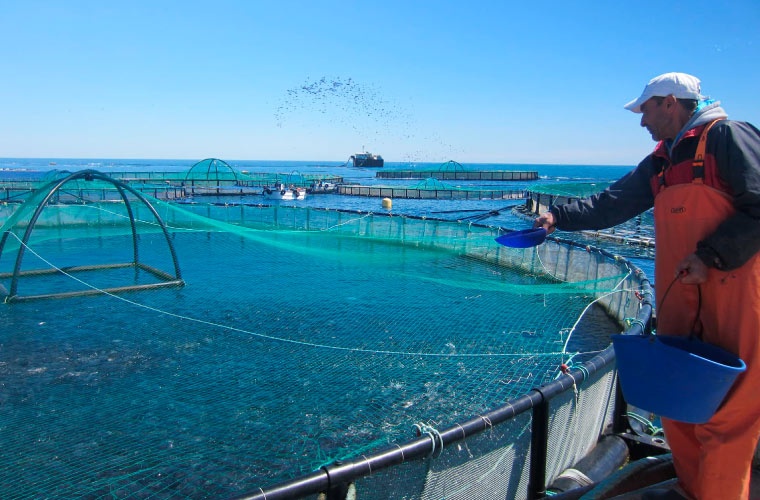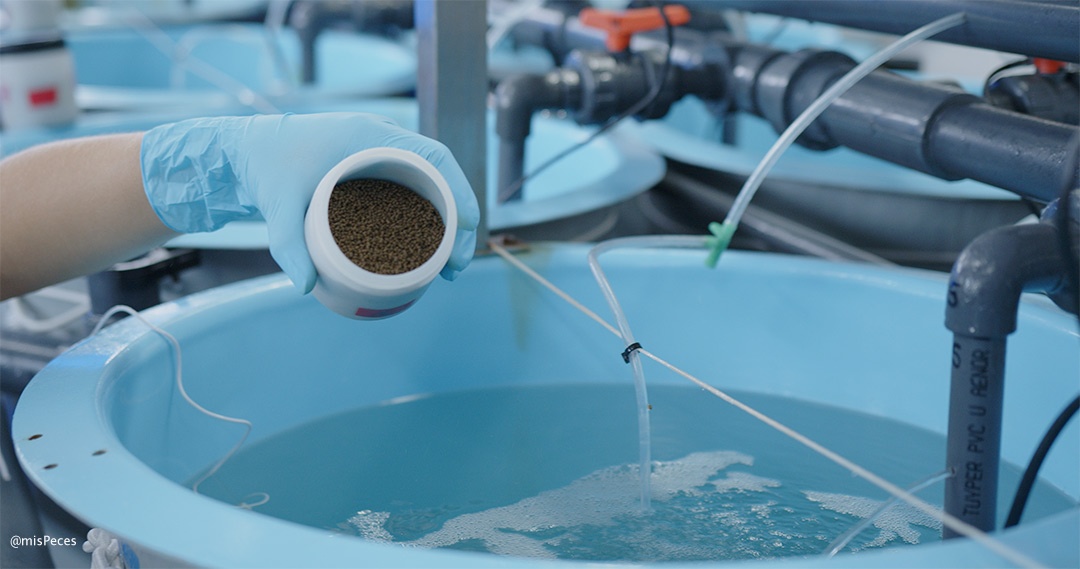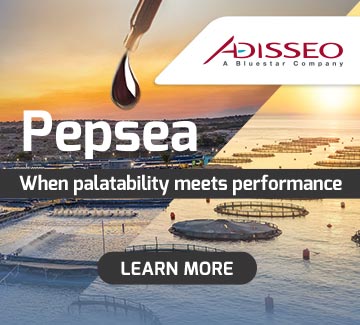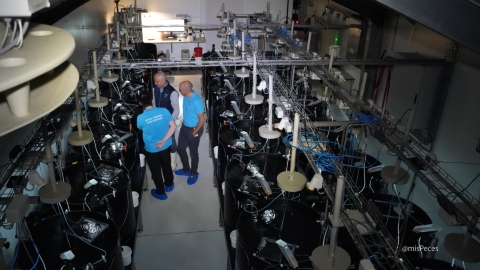
All research into improving the performance and health of fish points to the early exposure of aquatic organisms-including fish and crustaceans- to specific ingredients that can generate long-term physiological responses.
For instance, a study on Atlantic salmon found that introducing plant-based diets during the early stages of growth enables fish to develop better metabolic and immune adaptations to these ingredients later on.
This effect manifests in changes in gut gene expression, including epigenetic responses and lipid metabolism regulation.
However, it’s not that straightforward. Carnivorous fish like Atlantic salmon can be gradually introduced to terrestrial plant ingredients if they are accustomed to them from an early age.
Nevertheless, they may experience gut inflammation due to the presence of anti-nutritional factors in plants, which undercores the importance of strategies such as nutritional programming to enhance digestive tolerance.
Why is the Gut-Microbiota Axis So Important for Immune Resistance?
Various studies have found strong evidence supporting the central role of gut microbiota in immune regulation and overall fish well-being. This is because the intestines of fish host a diverse community of microorganisms that directly influence nutrient absorption and disease resistance.
A study on European seabass demonstrated that a diet in which 40% of fishmeal was replaced by polychaete meal led to a reduction in pathogenic bacteria in the gut, affecting key processes such as amino acid metabolism and the production of secondary metabolites.
Moreover, incorporating functional ingredients can further enhance immune responses. The inclusion of Salicornia ramossisima ( a salt-tolerant plant found in marshes and wetland) in the diet of European seabass did not hinder growth but modulated key immune genes in the head kidney. Following a bacterial challenge, these fish exhibited higher numbers of peritoneal leukocytes and increased immune gene expression, suggesting an enhancement of innate defence mechanism.
New Ingredients for a More Sustainable Future

One of the greatest challenges in aquaculture is reducing the environmental footprint of aquafeed, as its production represents the largest contributor to the sector’s carbon emissions.
The introduction of alternative ingredients, such as black soldier fly larvae meal, has shown promising results.
Atlantic salmon fed a diet containing 5% of black soldier fly larvae meal over a 13-month period in floating marine cages exhibited enhanced immune responses in the skin and gills, as well as lower cortisol levels, indicating greater stress resistance.
Despite these advancements, the commercial uptake of novel ingredients remins low due to high production costs and regulatory restrictions. It is crucial to strengthen field evaluations to ensure that these ingredients are not only effective in laboratory conditions but also in real-world aquaculture environments.
In an era defined by climate change, raw material shortage, and growing demand for sustainable seafood, understanding that everything starts in the gut of fish could be key to transforming the industry and making it more resilient and efficient.
Note: These insights and findings are based and inspired on the publication by Morales-Lange et al. (2025) in Frontiers in Immunology.
Reference:
Morales-Lange B, Ortega-Villaizan MdM, Rocha SDC, Montero R, Øverland M. (2025). Editorial: Chrono-immunonutrition in aquaculture towards robust and resilient fish. Front. Immunol. 15:1547738. doi: 10.3389/fimmu.2024.1547738


